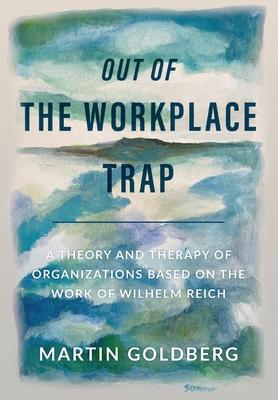". . . A BOLD, INNOVATIVE THEORY OF ORGANIZATION AND CONSULTING PRACTICE." -Patricia McLagan, CEO, McLagan International, Inc., author of The Shadow Side of Power
Out of The Workplace Trap is a revolutionary way to understand work and the workplace-both today's and tomorrow's. It addresses how to powerfully help organizations fulfill their potential and help people be and feel more fulfilled at work.
Based on years of Organization Development study and practice, this is the first book to apply the pioneering psychiatrist and scientist Wilhelm Reich's energetic understanding of life-of energy flow, blockage and intervention that dissolves the blockages-to understand and improve the life of organizations.
Out of The Workplace Trap will help organizational scholars, change consultants, and others seeking further knowledge and capability to address the widespread, entrenched difficulties of organizations as they actually function. Such difficulties commonly consume an organization's inherent energies where its work would otherwise be more naturally effective, robust and humanly fulfilling. The book addresses the roots of toxicity in the workplace and the pervasive problem of human unhappiness at work-then shines a light on the way out for their constructive resolution across an enterprise.
- Readers will find "a grand theory" of organizations and a practical consulting method of intervening to address how they are blocked, how they became so, and to support their revitalization.
- While the book does not offer easy answers or a "cookbook" of solutions, readers will learn the basis for restoring the fuller functioning of our work institutions and the greater pleasure and achievement people can experience at work, individually and together.
- Six organization character types, ranging from the healthy productive workplace to those that are chronically stuck, are described.
- Their descriptions include strategic pathways and major techniques for their support and, when conditions permit, for their radical renewal.
- The principles are illustrated by numerous case studies and their results drawn from the author's experience, along with other examples from the business and social worlds.
The book concludes by exploring the relevance this approach holds for rehumanizing work in the network enterprise era and for better understanding the dynamics of wider social change.
